The story of Swinburne Island is of a poignant nature, the history of which tells of a pandemic and the battle with the “Blue Death” itself. It was the outbreak of this ruthless disease that forced the government to create two artificial islands that would serve as a quarantine. Located in the Lower New York Bay, east of Staten Island, this place was born from a landfill during the 1870s and was named in honor of Dr. John Swinburne.

For the purpose of housing sick immigrants, a number of brick buildings were built on the isle, such as the hospital and the crematorium. Any vessel that came to this port was inspected by the health officer while ships were detained for 24 hours or sometimes even longer if necessary.
Here the ship was cleaned and washed and if any of the passengers on board showed the symptoms of yellow fever or cholera, they were instantly removed and sent to Swinburne island. Once there, the infected were stripped of their clothes, and the clothes were then immediately burned in a furnace as a precaution.
They were given new clothes and were placed in a sick ward. The conditions on the island were more than satisfactory. The patients were treated with care and were allowed daily walks and exercise on the island which further aided in their recovery. Once the patients felt better, they were allowed to enter Brooklyn or returned to their vessels.
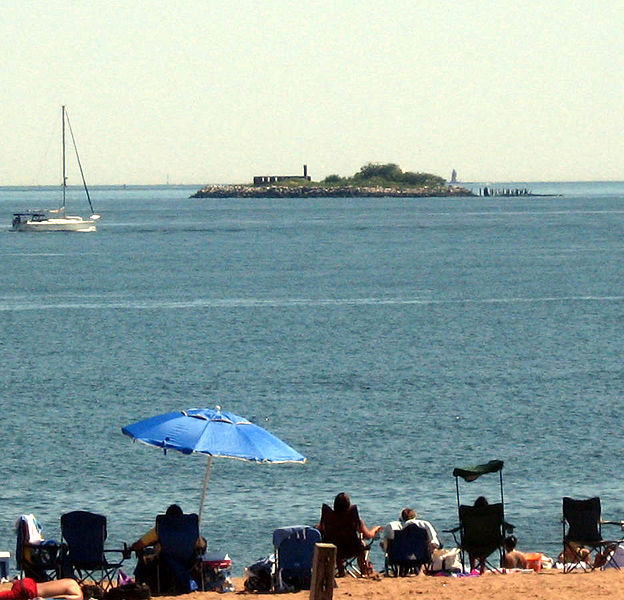
But if the condition of the patient was beyond recovery, death soon followed, and their bodies were placed in a simple coffin that was further loaded onto boats and taken to Seguine’s point for burial.
The hospital was professional enough to keep a record of every patient that came here for treatment. By consulting these records, the patient’s name and birth date were taken and were placed on a stone slab together with the hospital number that stood at the head of the grave.
The whole cholera pandemic began with one passenger onboard SMS Moltke – a German vessel named after Helmuth Von Moltke, a Prussian Field Marshal – who came from Naples.
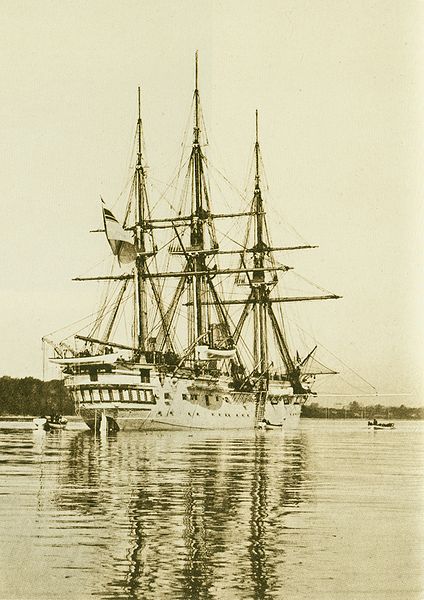
From this one person, a number of other passengers were infected, and thus cholera was brought to the United States and the need for building two artificial islands was born. The island served a real purpose in preventing the spread of cholera. In its early days, the island was named Dix island, but as mentioned before was later renamed in honor of this military surgeon. A total of 11 people died on the island, one of whom was a doctor.
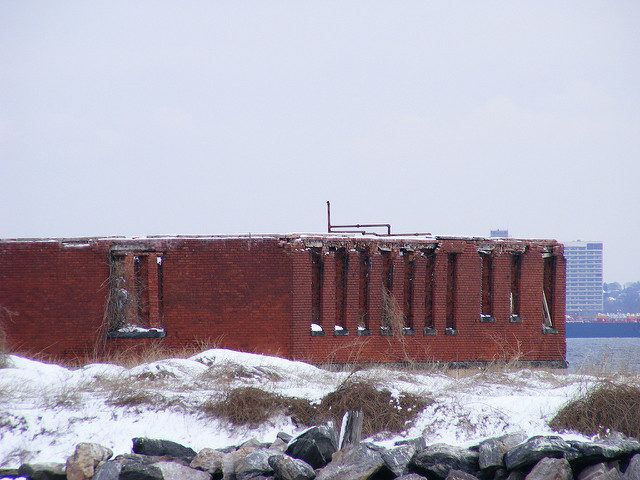
Once the First World War began, the rate of immigration was significantly reduced. This sharp decline in numbers was further supported by the Immigration Act of 1923, after which the immigration eastern and southern Europe was lessened. As time went on, medicine developed and with it evolved the means by which an infectious disease could be prevented from spreading. This means that the need for quarantine facilities gradually disappeared.
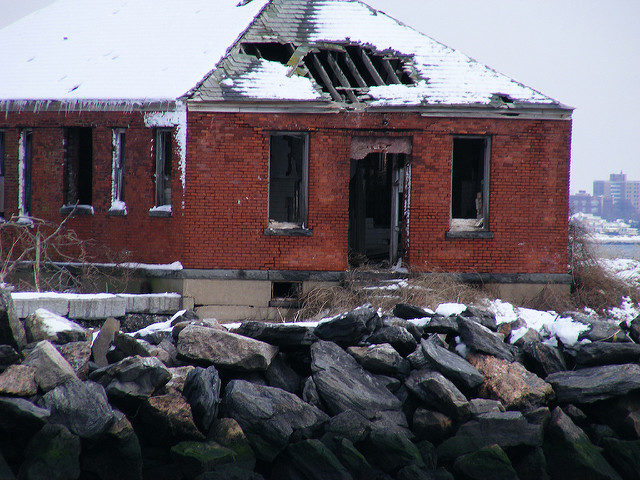
The island was largely abandoned until 1938. Once the Second World War began, both of these islands were used as a training station by the United States Merchant Marine, a group of civilian mariners. This station was officially opened in 1938 and with its creation, a number of Quonset huts were constructed, that remains to this very day.
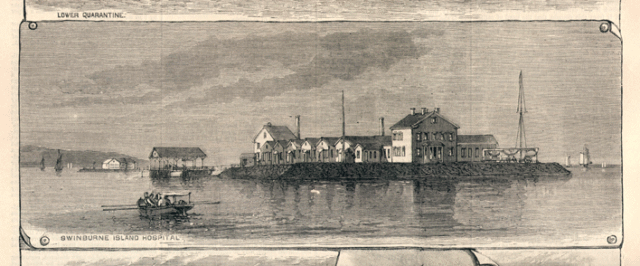
Once the training station was closed, both of the islands remained abandoned. Forgotten and in a state of squalor, they remained until New York City Parks bought the islands in 1966 for the low price of $10,000. The idea behind this purchase was to join South Beach with the islands and to create an enormous park, but this plan was never realized.
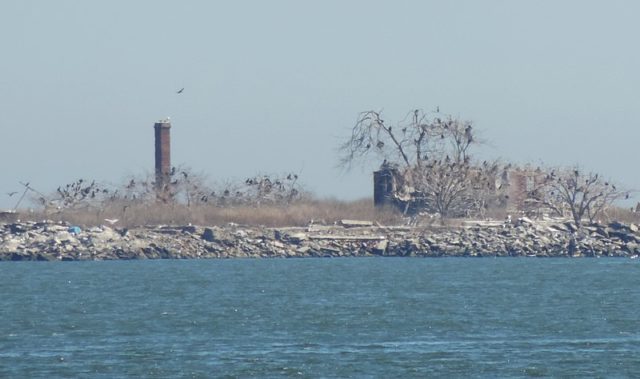
A few decades later, there was another proposal to use the islands as a location for building a homeless shelter. but even this proposal failed. Today, both of the islands are controlled by the National Park Service but despite everything, the islands remain abandoned; some of the structures on Swinburne are still standing, whereas those on Hoffman Island are in total ruin.
